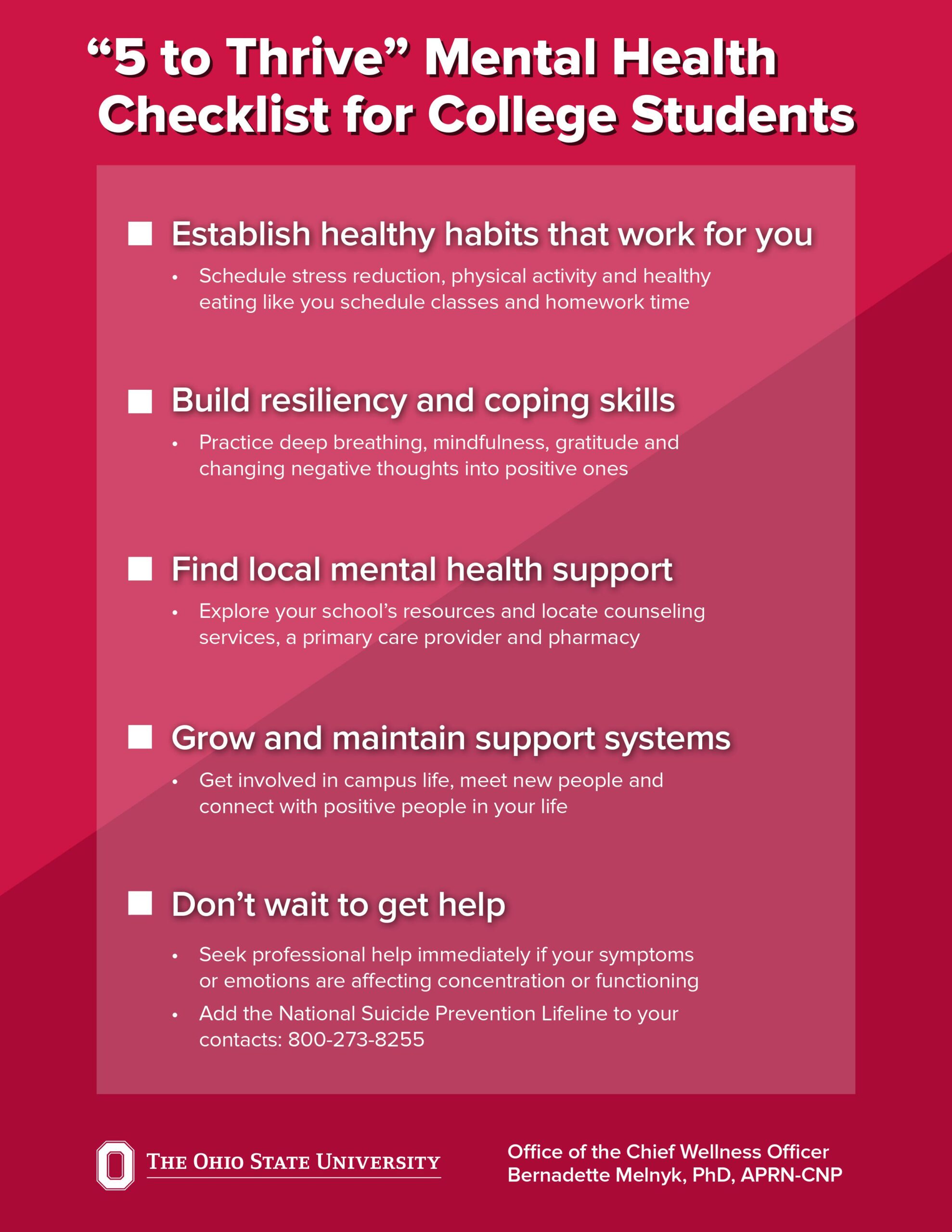With COVID only compounding higher’s ed mental health crisis, experts say it’s time for wellness to be integrated into every aspect of the campus experience.
That could something as simple as a professor encouraging students to get some exercise on a beautiful day to comprehensively screening all students for signs of anxiety, depression and burnout, says Bernadette Melnyk, dean of the College of Nursing and chief wellness officer at The Ohio State University.
“We have a mental health pandemic right now inside of the COVID-19 pandemic,” says Melnyk, who is also president of the National Consortium for Building Healthy Academic Communities. “Things were already in a precarious state prior to the pandemic, and then you put the pandemic on top of that, and universities are going to see a tsunami of mental health issues as students come back.”
Some 71% of students reported experiencing burnout in April 2021, up from just 40% in August of 2020, surveys by the Office of the Chief Wellness Officer have found.
Use of alcohol and tobacco, and unhealthy eating all increased slightly while exercise dropped, the surveys also found.
Melnyk’s office has developed a “5 to Thrive” checklist to help students better recognize when they are struggling and take actions to improve their own mental health.
“If you’re experiencing anxiety, stress, depression or burnout to point that it’s interfering with your concentration, judgment or functioning, that’s a big red flag,” Melnyk says. “That’s when a student has to realize, ‘I need to get some help.’
Along with getting timely help, here are the four other steps on Ohio State’s checklist:
- Establish healthy habits: Schedule stress reduction, physical activity and healthy eating like you schedule classes and homework time
- Practice deep breathing, mindfulness, gratitude and changing negative thoughts into positive ones
- Explore your school’s wellness resources and locate counseling services, a primary care provider and a pharmacy
- Get involved in campus life, meet new people and connect with positive people in your life
“We’ve got to shift our paradigm from crisis and sick care to wellness and prevention,” Melnyk says. “Teaching coping skills, resiliency and mindfulness can’t be optional anymore. It’s got to be integrated into what we’re teaching.”

To make mental health a true campus priority, administrators should also consider hiring a chief wellness officer who would oversee and align all student, staff and faculty health services, she adds.
One potential role for a chief wellness officer would be training faculty to incorporate wellness into their classrooms and how to respond when students show signs of depression, anxiety and burnout.
At Ohio State, for instance, some faculty practice “Lecture-cise” in which they lead students in three minutes of movements during class. Some departments have also cut meetings time from 60 minutes to 50 minutes to give staff time to recharge before the next task.
“You focus on creating a culture of wellbeing and a culture of caring by everybody,” Melnyk says. “And you’ve got to include wellness practices in the curriculum—the more you make things optional, students won’t prioritize them because they’re overloaded with coursework.”






